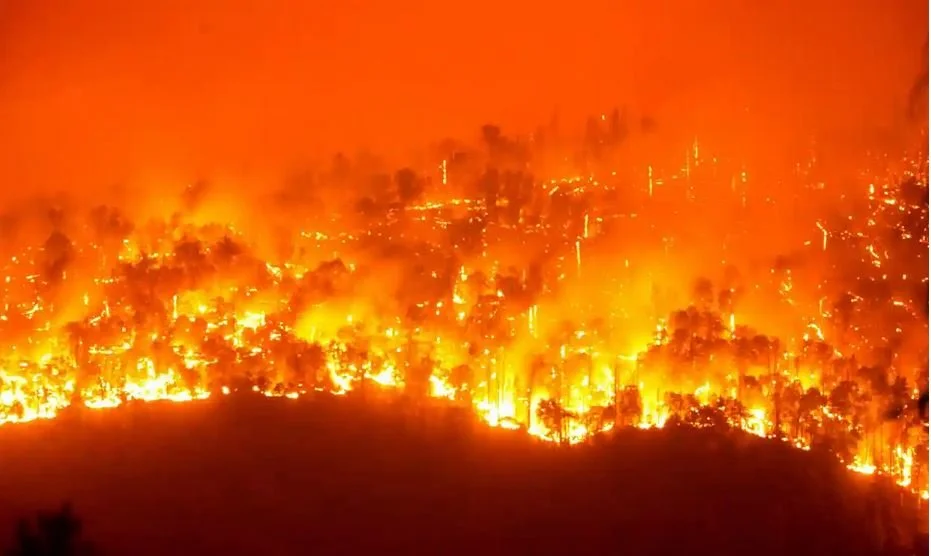In a highly unusual move, the Association of Ontario Municipalities (AMO) have been refused permission to speak to the legislative committee charged with detailed examination of Bill 23.
Democracy dismissed
It’s hard to see any democracy left to Hamiltonians in the decision of the provincial Progressive Conservative government to force a massive urban boundary expansion on the city and its residents. Just over a year ago, city council voted 13-3 to reject any boundary expansion, and specifically to turn down a proposed much smaller one than what the Ford government has now imposed.
New threat to Garner Marsh
Hearings of the Ontario Land Tribunal on the fate of the Garner Road marsh will start in October of next year. But massive changes to provincial legislation on Conservation Authorities announced last week may automatically allow the developers to proceed with multiple warehouses on the property owned by the Alberta Investment Management Corporation (AIMCo).
Will your vote actually count?
There are warning signs to the contrary. A major one is the refusal of the Progressive Conservative provincial government to allow ranked ballots. That will be especially significant for residents of Ward Four, Ward Five and Ward Twelve, but could also affect others.
Tribunal favours developers on Garner Marsh
The extreme pro-developer bias of the Ontario Land Tribunal established by a Hamilton Spectator investigation was on display in last week’s OLT’s procedural decision on the future of the Garner Marsh. On September 29 the OLT clearly took the side of the developers, despite the combined opposition of the city, the Hamilton Conservation Authority and Environmental Defence.
Fish warnings promised
Fish contamination warnings are finally coming for Lake Niapenco, but federal pollution researchers say they are not getting any cooperation from either the City of Hamilton or the managers of its airport which is the source of the toxic chemicals.
Stop sprawl battle continues
At least five candidates in next month’s city elections are among the leaders of the movement to stop sprawl and protect farmland that won a stunning victory over developers last year. While the current council voted 13-3 to freeze the urban boundary for at least the next 30 years that decision could be overturned by the new council or by intervention from the provincial government.
Do not eat the fish
Eating fish from the Binbrook Reservoir (Lake Niapenco) and the Welland River pose a much greater danger than recognized by government officials says a new federal study.
Citizens getting the boot
Citizen representation on conservation authority (CA) boards will fall dramatically next year. New rules imposed by the Ford provincial government largely eliminate public members from the boards that manage waterways and environmental oversight including flood control.
Hamilton's political police
The arrest of Carma S’ad by Hamilton police raises multiple questions about political bias. These are compounded by the false and misleading police statement on the arrest.
Sewer sticker shocker
The low bid for a new trunk sewer line to the Airport Employment Growth District (AEGD) is $35 million higher than budgeted just four years ago. And it is more than twice the original expectation when it was planned in 2009, calling into question the claimed financial benefits of the huge AEGD boundary expansion.
City backs saving marsh
The Garner Road marsh in the headwaters of Ancaster Creek has gotten another substantial boost. The city has thrown its weight behind last June’s decision of the Hamilton Conservation Authority to block destruction and ‘replacement’ of the marsh by an Alberta government corporation which has been appealed to the Ontario Land Tribunal (OLT).
City given the finger
Developers try to exclude council and residents from decisions about the fate of Ancaster’s Garner Road marsh. Ontario Land Tribunal gets appeal of proposal to the city submitted in 2018 by a different owner.
Democracy or not
Despite unprecedented public involvement and an overwhelming result, the no-boundary expansion decision of city council may get overturned. But its citizen supporters aren’t sitting back and leaving things in the hands of the current politicians.
The Coming of Amazon
Round four of commercial destruction. The e-commerce model is accompanied by warehouses or so-called ‘fulfillment’ centres. More acres of foodlands, wetlands and forests are being sacrificed to accommodate the warehouses currently sprouting on prime agricultural land near the airport.
Emergency anniversary
Now more than 3 years since declaring a climate emergency, the city’s plan to tackle this crisis still has not appeared. Last week’s “now or never” warnings from the UN includes specific advice for cities.
More threats to local farmland
Renewed threats from the Ford provincial government arrive at a crucial time in council’s decision making. Officially, council’s freezing of the urban boundary to protect that farmland will be formally written into the official plan next month to meet the provincial government’s deadline for approval before the June 2 provincial election.
Wildfire threat
The wildfires that have ravaged large parts of Canada and the US are on the radar of Hamilton planning staff who have added “wildland fire” rules to the new official plan now under public consultation. That’s in line with a United Nations warning this week that previously unaffected parts of the globe will see devastating blazes in the next three decades.
Planning for more parks
With deep shortages in existing parkland across the city, especially in older areas, local developers are getting a head start at shaping a new master plan for the next 30 years that is required because the Ford government has re-written park funding rules.
New gas pipelines for Hamilton
Enbridge has obtained provincial funding to build new gas pipelines in Hamilton business parks. City council in principle endorsed the plans early in the pandemic. Dozens of other municipalities across the continent are banning installation of new gas lines to avoid more greenhouse gas emissions and move forward on their climate goals.




















